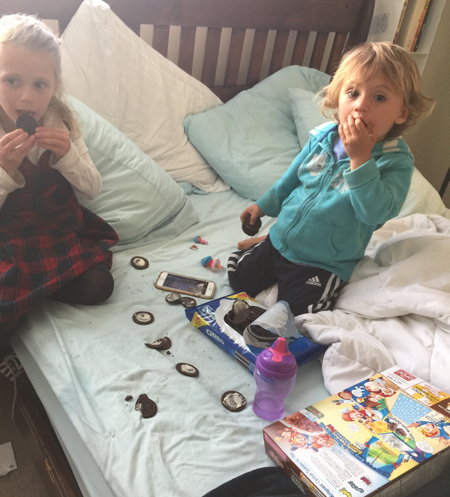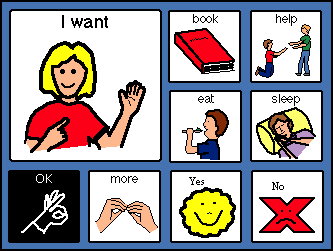This is the latest in our series on behavior problems. You can find the previous post here and if you want to start at the beginning, go here.
When children are frustrated by tasks that are too difficult
Slow down: If you believe the child is acting out, for example, crying, hitting, hiding under a table, because he or she is frustrated by a task that is too difficult, try making the task easier by slowing down. After you ask a question or make a request of a child, try counting to five or ten before saying or doing anything else. Sometimes adults ask again or move in to help before giving the child enough time to respond.
Break tasks into smaller steps: When you ask a child to do something that is a series of steps, such as clean up an area or complete an activity that involves several actions, such as an art project, try breaking it into steps. “First, we color all these squares.” Only after the child has completed that activity do you move on to the next step, “Now, we cut up the squares.”
Similarly, when doing chores, like cleaning up a huge mess your children just made, have them put the cereal box away first, then the package of cookies, then the pieces they didn’t eat. Finally, get around to sweeping up the crumbs.
Sometimes behavior problems are a way for children to communicate. Most commonly, they are trying to get attention. Here are some recommendations:
Provide other means of communication. For children who do not speak, you may use a picture board (see example below) so the child can point to what he wants.
You can teach sign language. Children who do not speak and have limited intelligence can still learn some basic signs. There are many, many books, videos and DVDs available to teach you or your child basic sign language.
Try to provide attention before behavior problems happen. Praise children’s accomplishments, or simply talk to them, “That’s a very nice picture” or “I saw Aunt Gladys today. She says she couldn’t believe how big you are getting.” Read to them, walk with them, cuddle them – let them know by your actions that they don’t have to misbehave to get attention.
While parents often don’t think of computer or mobile games as a social activity, but more getting a much-needed 5 minute break while their children are occupied. Games can also be a way of providing attention. I’ve often seen parents and children playing our games together, with the parent providing hints and instruction for the math or language challenges in the game, while the children do the canoeing or fishing activities without assistance – or help their parent.



